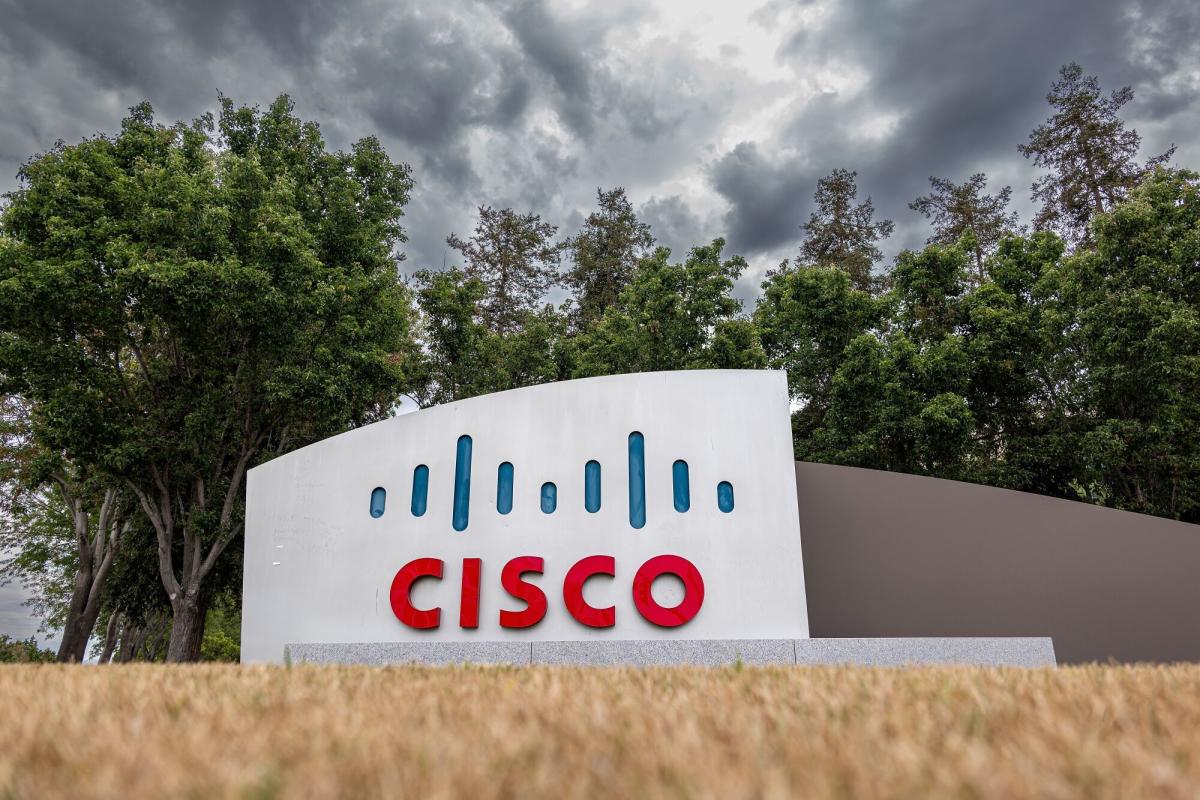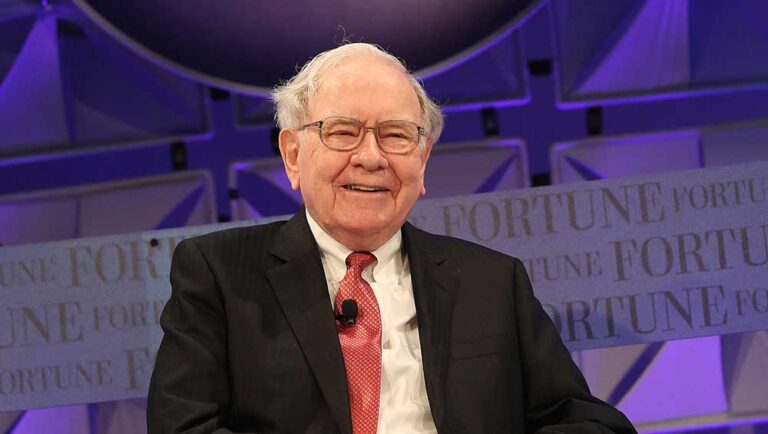Cisco gains after the CEO points to advances in artificial intelligence and security
(Bloomberg) — Cisco Systems Inc. Inc., the largest maker of computer networking equipment, is in late trading after the company outlined advances in artificial intelligence and security technology, which helped ease concerns about slowing sales.
Most Read from Bloomberg
Cisco, which reported its fourth-quarter financial results on Wednesday, is seeing surging demand fueled by the end of pandemic-era supply shortages. Although growth is now slowing sharply from last year’s increase, CEO Chuck Robbins pointed to a bright future in which revenue is more consistent — thanks to subscription-based services — and Cisco benefits from moving into AI-focused data centers.
The company said it has already recorded $500 million worth of orders for its artificial intelligence products, which it offers to so-called high-efficiency customers — large cloud computing service providers.
“Cisco is committed to helping our customers navigate this transition in a reliable and responsible manner to deliver on the full promise of this technology, and we are well positioned to win,” Robbins said on the analyst conference call.
That forecast helped lift the stock more than 2% in extended trading, after an initial drop when the quarterly report was released. The company also said it plans to continue with share buybacks and dividend payments.
Cisco shares closed at $52.96 in regular trading Wednesday, putting them up 11% this year.
In the period ending in October, sales will rise to about $14.6 billion. This is in line with analyst estimates of $14.57 billion. Excluding a few items, the earnings would be about $1.03 per share, compared to the average estimate of 99 cents.
Cisco’s gross margin was a bright spot. It’s expected to be between 65% and 66% this quarter on an adjusted basis, the company said. Analysts estimated 64.7%.
The company said sales will range between $57 and $58.2 billion in fiscal 2024. That compares with the $58.3 billion estimated by analysts on average, according to a Bloomberg survey.
Growth projections pale in comparison to the 11% jump in Cisco’s just-ended fiscal year. The company has seen a backlog of orders during a long period of component shortages. With those parts now available, Cisco has been able to ship hardware — and sell associated software — to meet pent-up demand. But that height is fading.
In Cisco’s fourth fiscal quarter, which ended July 29, revenue rose 16% to $15.2 billion. The profit, minus some items, was $1.14 per share. That compares with estimates of $15.1 billion in revenue and $1.06 per share of profits.
Robbins worked for years to reshape his company as a provider of networking software and services. His management team cites the amount of recurring revenue he’s accruing as an indicator of the success of the transition.
But Cisco still relies mostly on selling expensive pieces of network equipment — with proprietary software — and that makes it difficult to avoid fluctuations in demand from business customers. The company’s 11% increase in sales last year is expected to drop to just 2% this year.
In a common pattern with tech companies, AI was a major topic of Cisco’s conference call. Cloud providers are racing to add computing power to handle services like OpenAI’s ChatGPT and Google Bard.
Robbins said Cisco will have a role in this lucrative market, without giving specific expectations about its size.
“This is a huge opportunity for Cisco,” Robbins said on the call. “We are laser focused on leading and winning in this field.”
(Updates with additional CEO notes beginning in the fourth paragraph.)
Most Read by Bloomberg Businessweek
© 2023 Bloomberg LP







